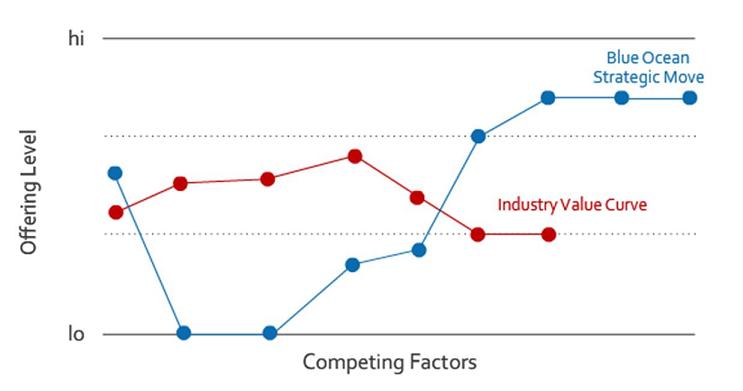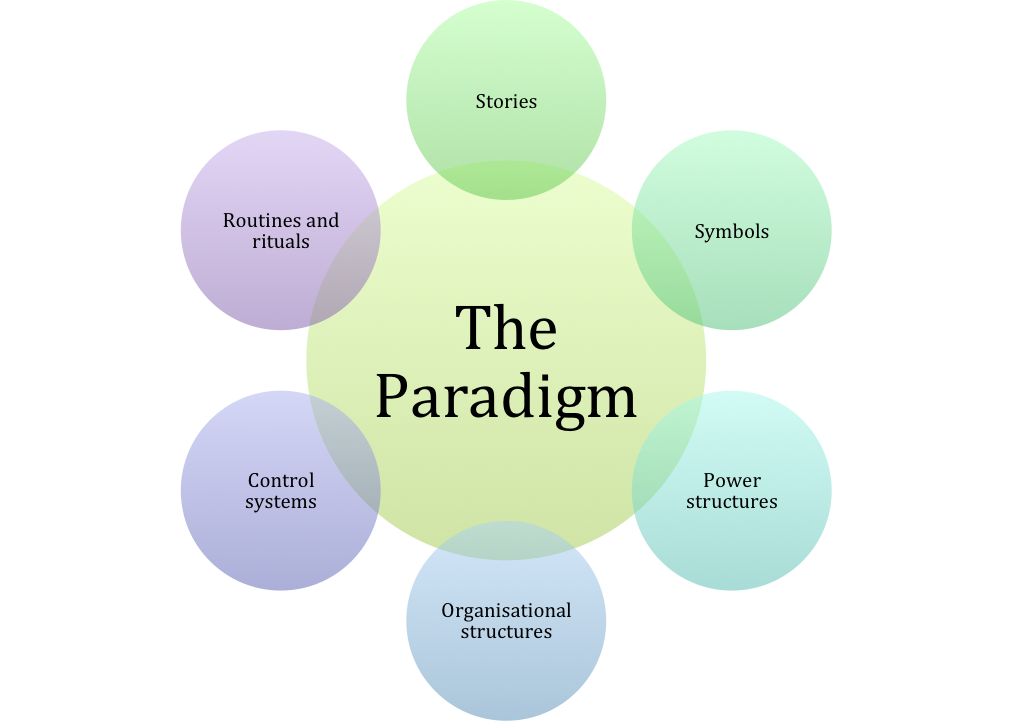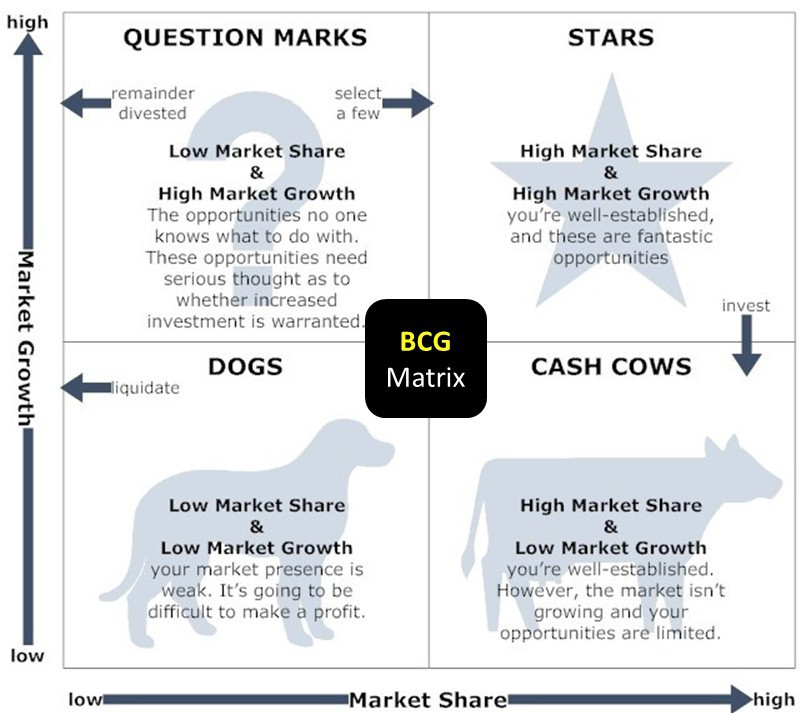A term coined by Andrew Grove, former CEO of Intel to describe a dramatic change in competitive forces. At that time, the leaders must give up the past, see closely how the industry is evolving and find new ways of competing. This point of dramatic change in the industry is known as Strategic Inflection Point.
… Read the rest“a strategic inflection point is a time in the life of business when its fundamentals are about to change. That change can mean an opportunity to rise to new heights. But it may just as likely signal the beginning of the end” Andrew S.





